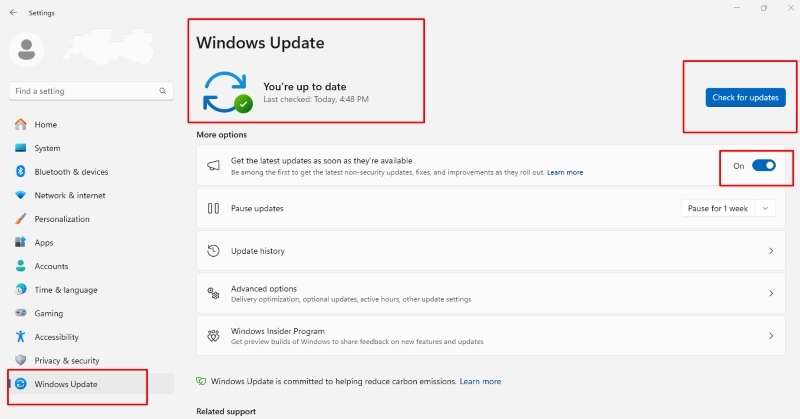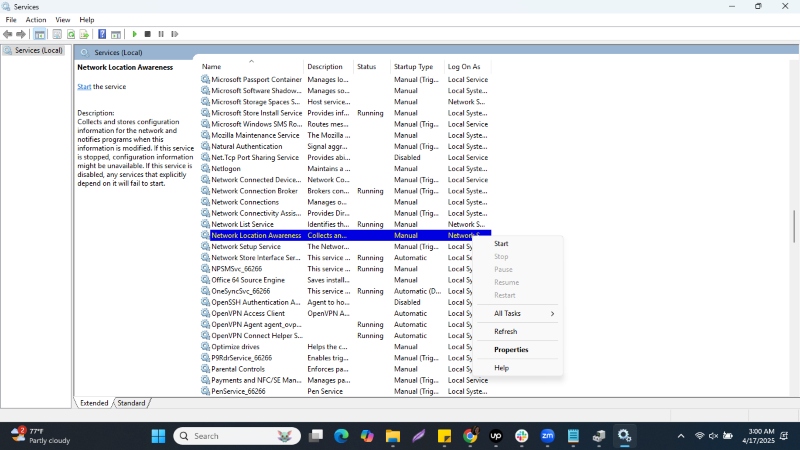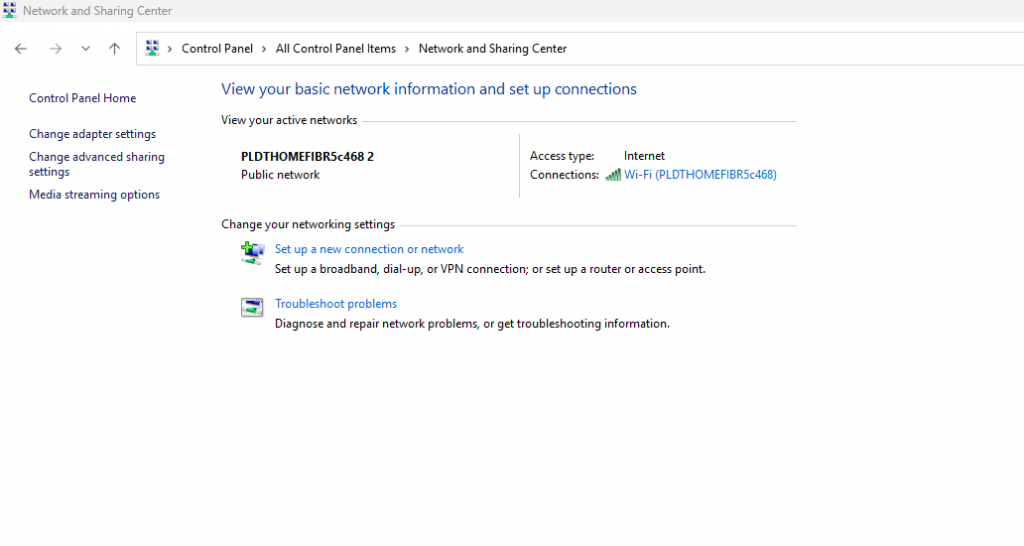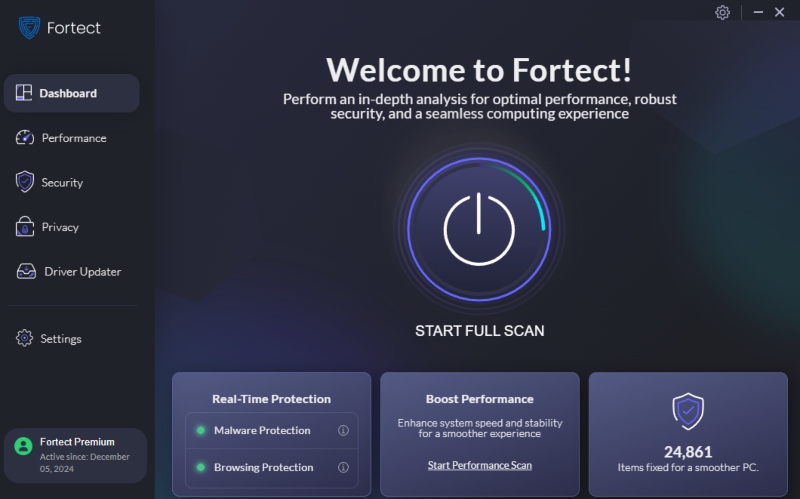SOLVED: Windows Shows No Internet When its Connected
Ever looked at your Windows PC and thought, “Why does it say ‘No Internet’ when everything is working fine?” Maybe your browser loads websites, your apps update without issue, but that frustrating warning still shows up. You’re not imagining things. This is a real issue, and it’s more common than you might think.
Whether it’s due to DNS problems, faulty drivers, corrupted system files, or a glitch in Windows’ network services. We will walk you through the real reasons behind the “No Internet” status and how to fix it yourself, step by step.
Why Windows Shows “No Internet” Even When It’s Connected
This misleading warning often stems from how Windows checks your connectivity behind the scenes. If something breaks in that process, even if your actual internet access is fine, you’ll see this message.
Common Causes:
- Misconfigured or broken DNS settings
- Outdated or corrupted network drivers
- System file corruption
- Conflicts with malware or third-party tools
- Network Location Awareness (NLA) service failure
9 Best Fixes: No Internet But You’re Connected on Windows
1. Check for Windows Updates

Microsoft sometimes releases patches that fix bugs in network connectivity.
Steps:
- Go to Settings > Update & Security > Windows Update
- Click Check for updates
- Install everything and restart your PC
2. Restart Your Modem and Router
Before getting technical, start with the easiest fix.
Steps:
- Unplug your modem and router.
- Wait at least 30 seconds.
- Plug them back in and allow them to fully restart.
- Reconnect your PC and check the internet status.
Sometimes all your system needs is a fresh handshake with your ISP.
3. Run Windows Network Troubleshooter
Windows includes built-in tools that can automatically detect and sometimes fix network issues.
Windows 10/11 Steps:
- Go to Settings > Network & Internet > Status
- Click Network troubleshooter
- Follow the on-screen instructions
If it can’t fix the issue, it will usually provide details to help you move forward.
4. Reset Network Configuration via Command Prompt
Resetting network configuration flushes out old or conflicting DNS settings and renews your IP.
Steps:
- Type cmd in the Start Menu, right-click Command Prompt, and choose Run as Administrator
- Run these commands one at a time:
- netsh int ip reset
- netsh winsock reset
- ipconfig /release
- ipconfig /renew
- ipconfig /flushdns
- Restart your PC after running the commands.
5. Update or Reinstall Your Network Drivers

Corrupt or outdated drivers are a top culprit for this error.
To update:
- Right-click the Start button > Device Manager
- Expand Network Adapters
- Right-click your active network adapter > Update driver
- Select Search automatically for drivers
To reinstall:
- Choose Uninstall device, then restart your PC. Windows will reinstall the driver automatically.
6. Set a Manual, Trusted DNS Server (Google DNS)
Your PC might be failing to reach Microsoft’s test servers used for detecting internet status due to DNS issues.
Steps:
- Go to Control Panel > Network and Sharing Center
- Click Change adapter settings
- Right-click your active connection > Properties
- Double-click Internet Protocol Version 4 (TCP/IPv4)
- Choose “Use the following DNS server addresses”
- Preferred: 8.8.8.8
- Alternate: 8.8.4.4
- Preferred: 8.8.8.8
- Click OK and reconnect
7. Restart Network Services
Windows relies on services like NLA and DHCP to detect and manage network states. If these glitch out, you’ll see errors like this.

Steps:
- Press Windows + R, type services.msc, press Enter
- Locate Network Location Awareness, right-click > Restart
- Do the same for DHCP Client
- Restart your PC
8. Disable and Re-enable Your Network Adapter
A quick reset of the adapter can sometimes fix hidden issues.

Steps:
- Go to Control Panel > Network and Sharing Center
- Click Change adapter settings
- Right-click your network adapter > Disable
- Wait 10 seconds, then right-click again > Enable
9. Scan for System File Damage or Corruption
If your system files are damaged, especially networking-related components, Windows may show errors even when everything else works.
This is where a repair tool can help, such as Fortect.
Fortect is an all-in-one PC repair tool that automatically scans for damaged system files and replaces them with fresh components from a secure repository. No guesswork. Just scan, repair, and reboot.
Download Fortect to repair corrupted system files that could be behind Windows’ incorrect “No Internet” message.

Also, aside from scanning damaged system files, Fortect has a built-in driver updater feature that scans all installed drivers on your Windows PC and identifies which ones are corrupted or outdated and automatically updates them.
Still Seeing “No Internet”? It Might Be a Deeper System Problem
If none of the above worked and you’re noticing other strange behavior on your PC (slow performance, apps crashing), the problem likely goes beyond network settings.
That’s a strong sign it’s time for a full system scan or professional repair.
Final Thoughts
The “No Internet” error on Windows, especially when you do have internet, is incredibly annoying, but rarely unfixable. Whether it’s a DNS issue, driver hiccup, or corrupted system files, you now have a full toolkit of fixes to get rid of the message for good.
And if you’d rather not deal with the manual troubleshooting, a trusted repair tool like Fortect can save you the time and hassle.




